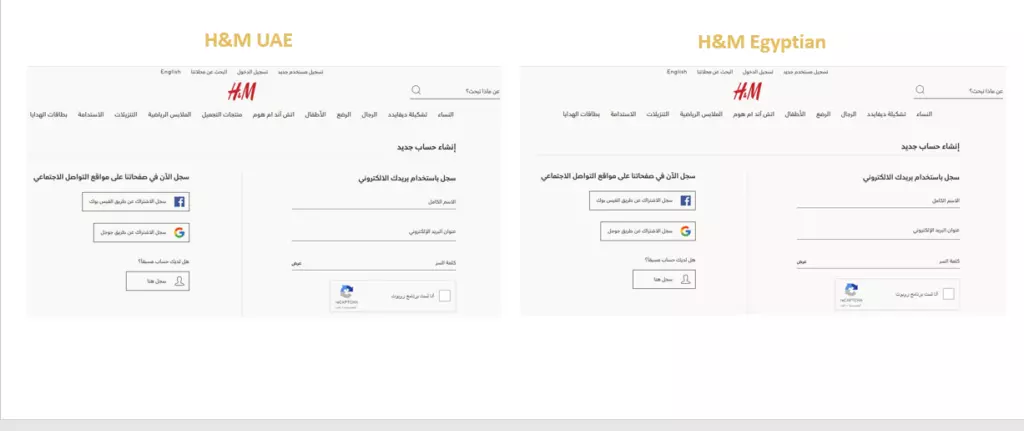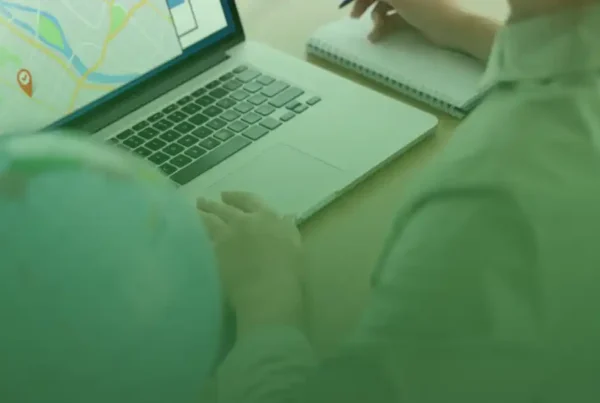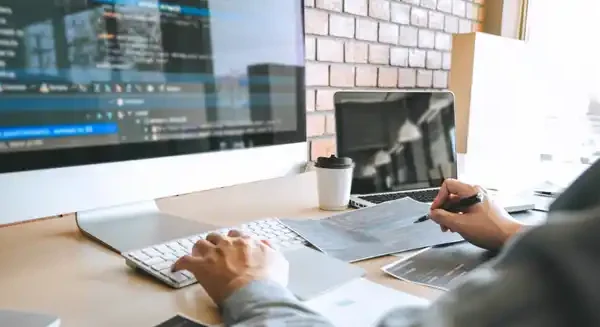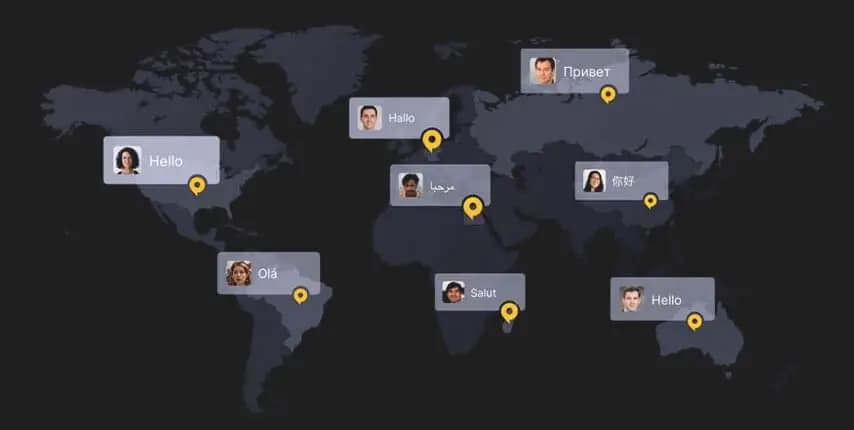Five basic facts about the Arabic language:
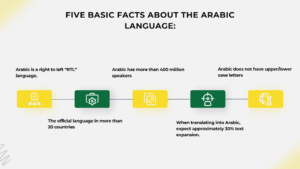
Other facts about the Arabic language are that it is an official language in more than 20 countries with more than 400 million speakers worldwide. It is also a language with no capital letters.
Some members of the audience knew some interesting things about the Arabic language, which was great.
Let’s talk about these facts in detail.
– Arabic is a right to left “RTL” language.
– The official language in more than 20 countries
– Arabic has more than 400 million speakers
– When translating into Arabic, expect approximately 30% text expansion.
Those who work on Arabic localization projects may notice that Arabic text can expand in comparison to English text and, because of this, you can expect approximately 30% text expansion in the Arabic script compared to English.
– Arabic does not have upper/lower case letters
Also, in Arabic there are no abbreviations.
For example, a friend you consider a spiritual soulmate can be called a خليل, but we use different words when describing a best friend, like a chosen person over another.
There are lots of different words that can be used as well, with Arabic having a rich vocabulary and different expressions that can be used to describe one word.
Numbers in the Arabic language
Most e-commerce websites use Latin characters, with one of the important facts to remember is that numbers in Arabic localization are not mirrored.
Arabic Diacritics
What are Arabic diacritics?
Why understanding Arabic diacritics is important to the localization community.

Each sign shown in the table above has a different effect on the word and can make a huge impact on the meaning of the word even though it’s the same letter in the three rows, with each one having different pronunciation because of the different diacritics written either above or below.
The effect of Arabic diacritics in translation
To understand the effect of diacritics in the Arabic language, here are two examples of words that have the same letters but with different diacritics.

The meaning and pronunciation of a word is greatly influenced by diacritics, but it’s not necessary to use them for all Arabic words. We only use them when a word can be read in several ways.
To summarize, Arabic diacritics play a critical role when it comes to Arabic localization projects, which are used in written translation projects to clear ambiguity.
Arabic dialects
The Arabic language has a wide variety of dialects, which is sometimes a bit confusing, especially for non-native speakers.
To answer the question of which Arabic dialects to be use in projects, the recommended dialects to be presented are based on our recommendations, experience and knowledge of our culture, with there being no dialect that absolutely must be used as this is based on many factors.
For better understanding of Arabic dialects and to simplify them, we can divide Arabic language dialects into MSA dialects and local dialects.
Local Arabic dialects can differ quite significantly from one country to another.
There is quite a variation among Arabic dialects, and how Arabs understand each other depending on the geographic location of their dialects and their subsequent exposure.
For example, Moroccan, Algerian and Tunisian dialects are quite similar compared to other dialects because they are geographically neighboring countries located in North Africa with some common colonial history.
The same geographic factors apply for Syria, Lebanon and Jordan, which also applies for Gulf countries as well. And there is also the Egyptian dialect that doesn’t really belong in a specific group.
Modern Standard Arabic (MSA)
What to consider when selecting the Arabic dialect?
The recurring question we get from our clients is the preferred Arabic dialect that they should use in their Arabic projects. To better assist you determine the best dialect to use, we need to identify the following factors:
What type of message do you want to deliver and to whom?
The project domain and subject.
What are you localizing?
When it comes to localizing content into the Middle Eastern market, we need to identify the content domain, the purpose of the content and the message you want to deliver and to whom.
For example, if the translation is to be used in a formal context, we recommend MSA. But if it’s for marketing purposes, we suggest going with the dialect of the spoken country, which will make it easier to deliver your marketing message to the correct target segment.
Project domain and subject
The same applies when it comes to broadcasting news, with MSA being the dialect used for any official education material as well. It is also the official dialect used in medical documents, reports, medicine, leaflets, as well as being used for legal documents and formal speeches, being most often used for written formal communication.
Just as importantly, it’s not generally used in day-to-day verbal communication.
Even so, we are all able to understand it, whether written or spoken, but it’s not used for variable communication and we don’t recommend using it for TV and social media advertisements unless you wish to promote your product or service in a formal way.
A real example of social media ads is for Pepsi on Instagram. The written content in the design on the right-hand side was published on the Pepsi Egyptian page on Instagram, whereas the text written in the photo is written in the Egyptian dialect. Note that the content written in the photo published on the Pepsi Saudi Arabia page is in a gulf-based Saudi Arabia dialect, whereas the video is in an Egyptian dialect on the Egyptian page is in a gulf-based dialect on the Pepsi Saudi Arabia page.
If you are localizing a website and targeting different Arab countries, the best solution is to use the MSA dialect as this would be acceptable for different Arab countries. Here are the H&M websites for United Arab Emirates and for Egypt, both written in MSA.
Even if you cannot understand what’s written, you can see that the words are almost the same.
We will suggest the appropriate country dialect if your project is for social media marketing advertisements, TV ads, or for movies and series for dubbing services.
As you can see, the domain and the subject of the project, along with the segment you are targeting, can have a great effect on choosing the right Arabic dialect.Whenever you are confused, you can easily contact your localization company to advise you about which dialect you should select.
Contact us to find out more about our Localization services!



